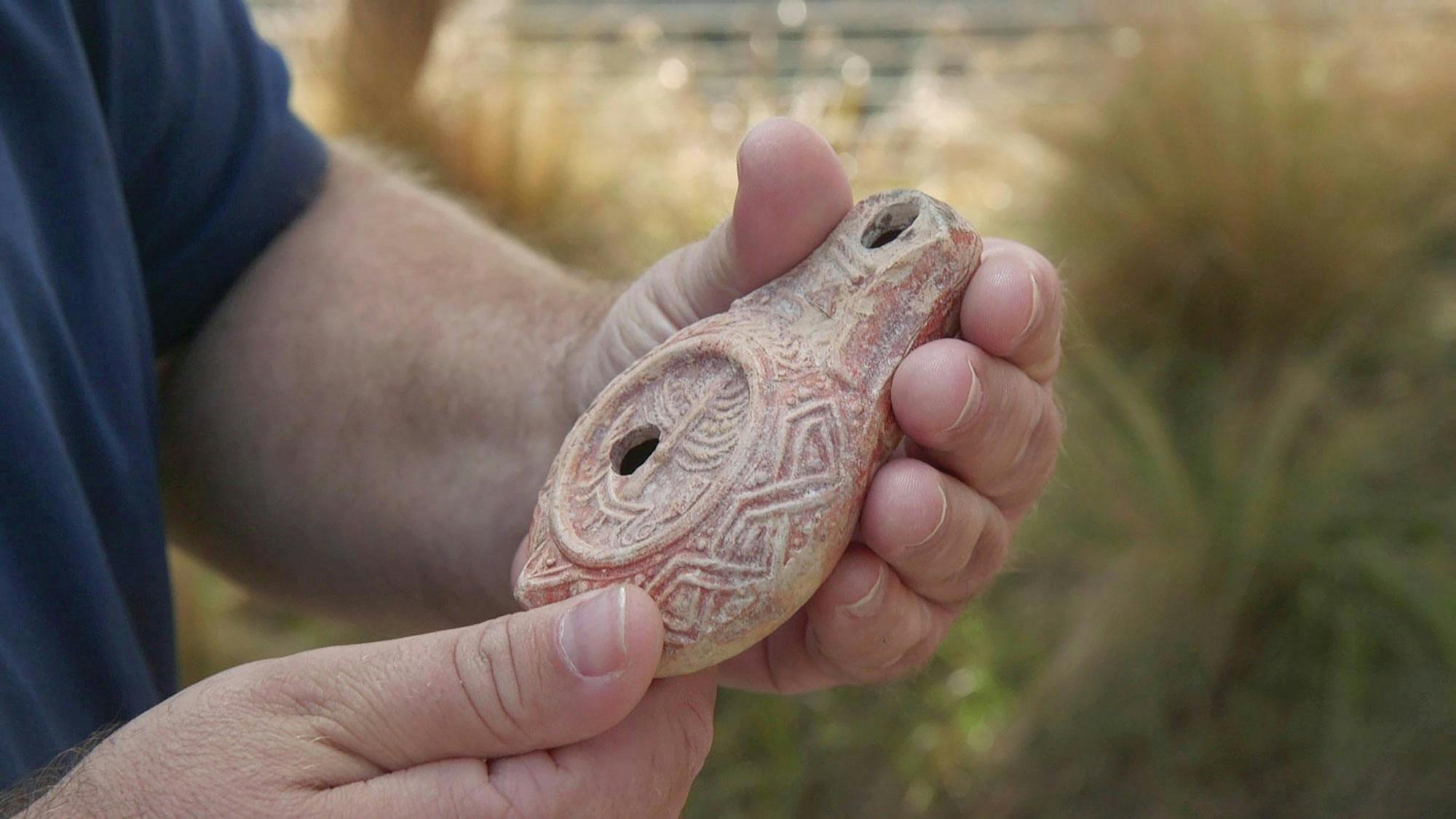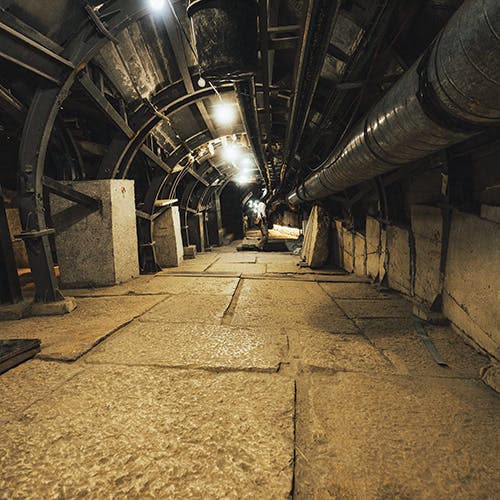Unveiling Armageddon's Secrets
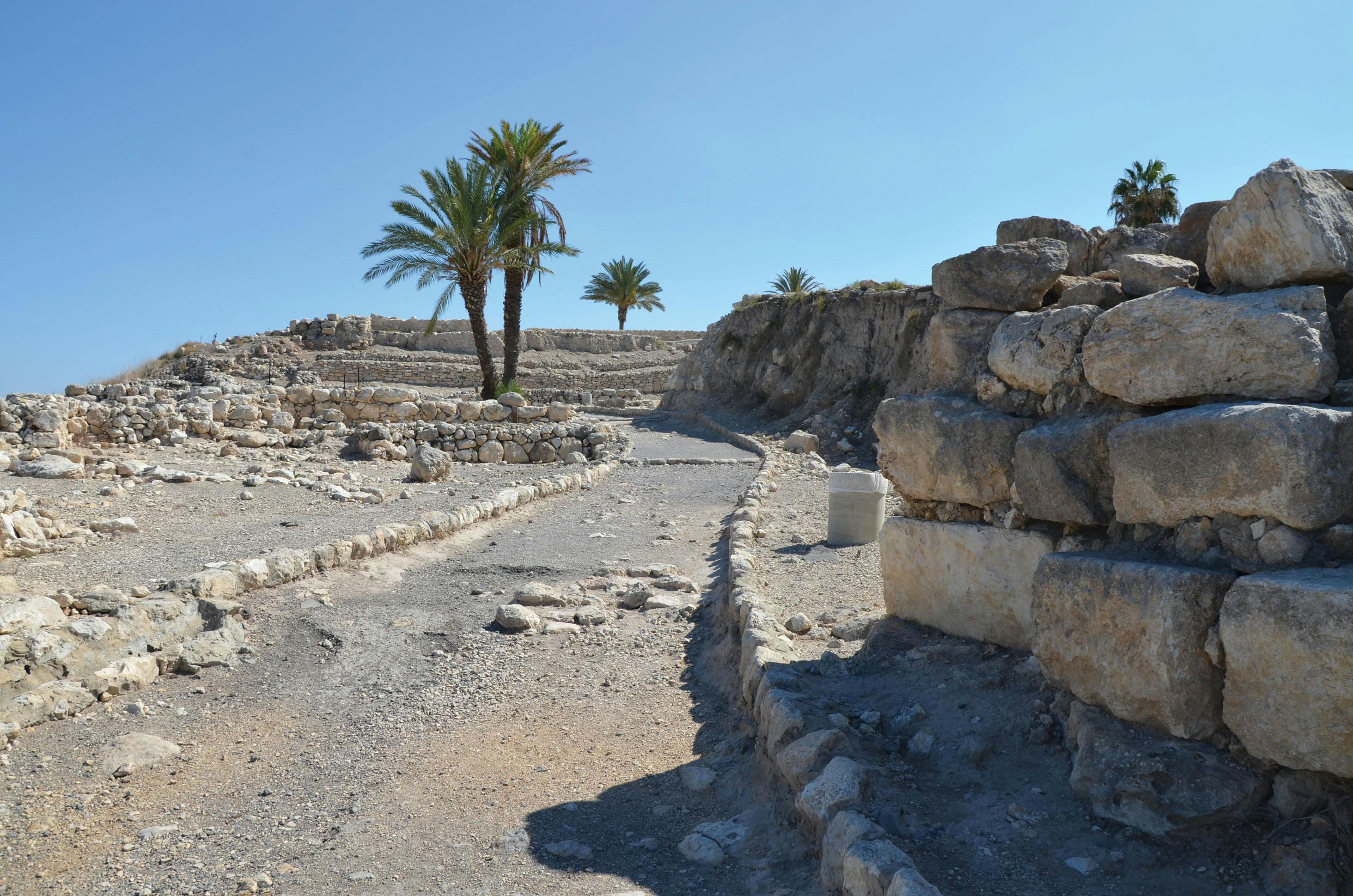
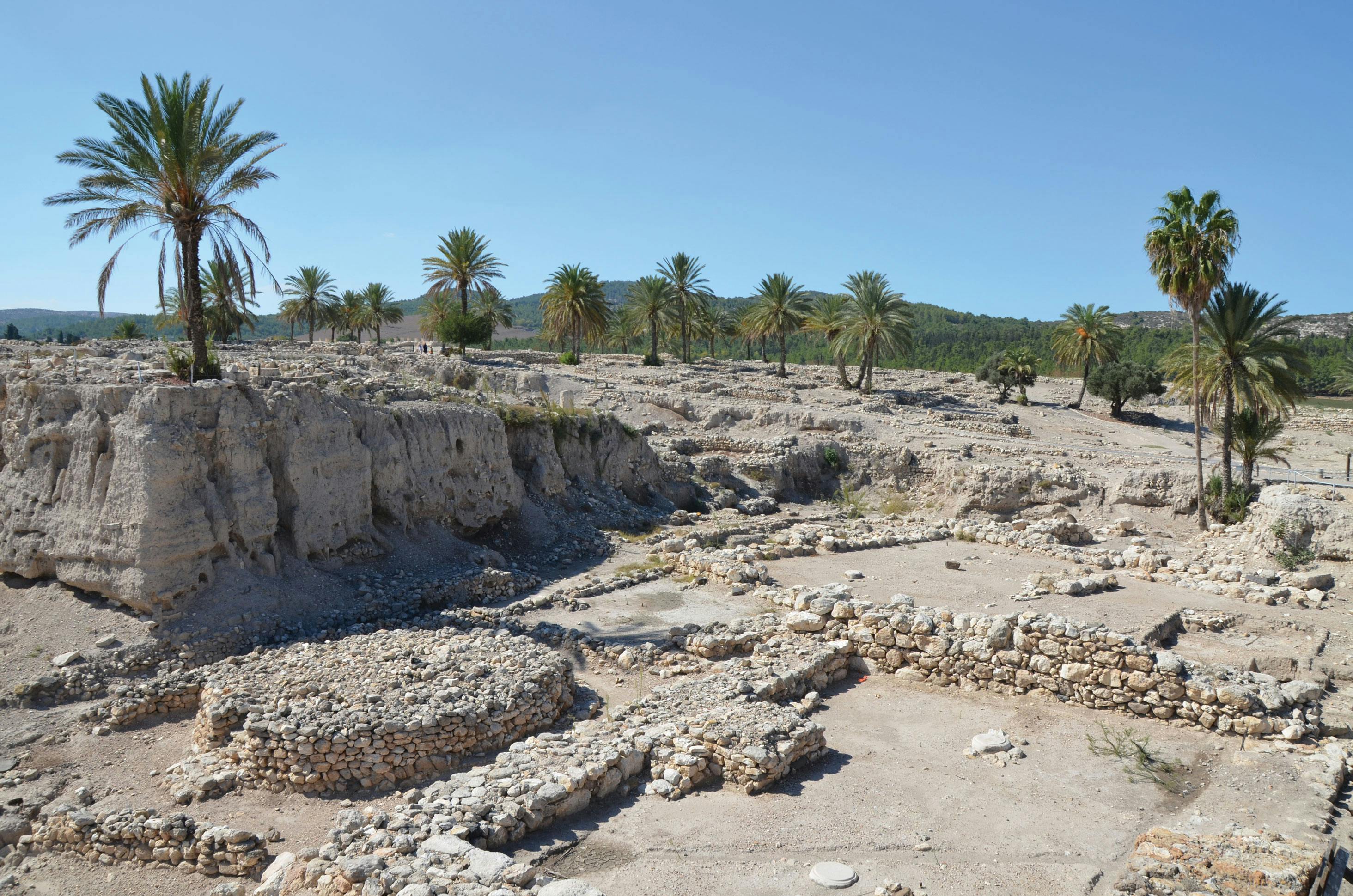
In the heart of northern Israel lies a place where history and prophecy collide—a land soaked in blood, an ancient battlefield known by an ominous name: Armageddon.
Two Names, One Battlefield
The word Armageddon originates from the Hebrew “Har-Megiddo” ( הר מגידו) meaning “Mount Megiddo.” Throughout history, Canaanites, Israelites, Egyptians, Assyrians and Babylonians fought for control over this strategic gateway between Africa and the civilizations of Mesopotamia.
The Bible records several key conflicts at or around Megiddo. Barak, under the guidance of the prophetess Deborah, led Israel to victory over the mighty Canaanite general Sisera (Judg. 4:14–16). Near here, Gideon triumphed over the Midianites in a battle where just 300 men, armed with nothing but torches and trumpets, sent an entire army into chaos (Judg. 7:19–22). Megiddo was also in the same region as the tragic site of King Saul’s final stand, where he and his sons fell to the Philistines on Mount Gilboa (1 Samuel 31:1–6).
However, in 609 BC, the stage was set for a different kind of battle, one that would end in the death of King Josiah and ultimately pave the way the collapse of the kingdom of Judah.
The Puzzle of Megiddo
2 Chronicles 35:20–24 records the story of King Josiah. “…Necho king of Egypt came up to fight against Carchemish by the Euphrates; and Josiah went out against him. But he sent messengers to him, saying, ‘What have I to do with you, king of Judah? I have not come against you this day, but against the house with which I have war; for God commanded me to make haste. Refrain from meddling with God, who is with me, lest He destroy you.’ Nevertheless Josiah would not turn his face from him, but disguised himself so that he might fight with him, and did not heed the words of Necho from the mouth of God. So he came to fight in the Valley of Megiddo.”
For decades, historians and archaeologists debated over who controlled Megiddo at the time of Josiah’s fateful confrontation to explain the king’s motivations for entering the fray. Some suggested that Josiah, known for his sweeping reforms and national revival, had reasserted Judahite control over the site and wanted to defend it from Egyptian attacks. Others contended that Megiddo was already under Egyptian authority as part of the broader Egyptian–Assyrian campaign to stall Babylonian expansion. Speculation has given way to substance with a remarkable finding at the modern site.
The Pottery Discovery
Recent excavations at Megiddo have uncovered an assortment of Assyrian pottery along with an unusual discovery of Egyptian and Greek-style clay pottery. According to Prof. Israel Finkelstein, head of the School of Archaeology and Maritime Cultures at the University of Haifa, the site had already been excavated four times since the early 20th century. However, “past excavations did not have access to modern methods and techniques and hence many of the results have been contested.”
Today’s advanced techniques, however, have provided clearer evidence…
Dr. Kleiman, the lead archaeologist of the excavation, told the Times of Israel that some of the pottery’s “distinct morphology and use of straw in the production process” traced its origins to Late Iron Age Egyptian pottery, which has never been found in the Levant before.
Archaeologists immediately recognized the poorly fired ceramics as simple, functional ware. The pottery shards were far too abundant and localized to represent trade. Instead, Kleiman asserted the pottery was used by “foreign groups—an Egyptian garrison that took over Megiddo following the retreat of the Assyrians from the Levant.”
It all lined up. Megiddo, strategically positioned on an important military and trade route, was a natural staging base for Egyptian campaigns into Syria and beyond.
In addition to the Egyptian pottery, archaeologists also discovered Greek-style vessels dating to around 630 and 610 BC. The discovery aligned with historical records of Greek mercenaries who were employed by Egypt in the region during the late 7th century BC.
Altogether, the pottery unearthed at Megiddo provides the first uncontested evidence that Egypt had a strong military presence at Megiddo by 616 BC, well before King Josiah’s fateful encounter with Pharaoh Necho II in 609 BC. The combination of Egyptian and Greek artifacts at the site suggests that Josiah was not defending his land but was instead confronting a well-supported foreign military force.
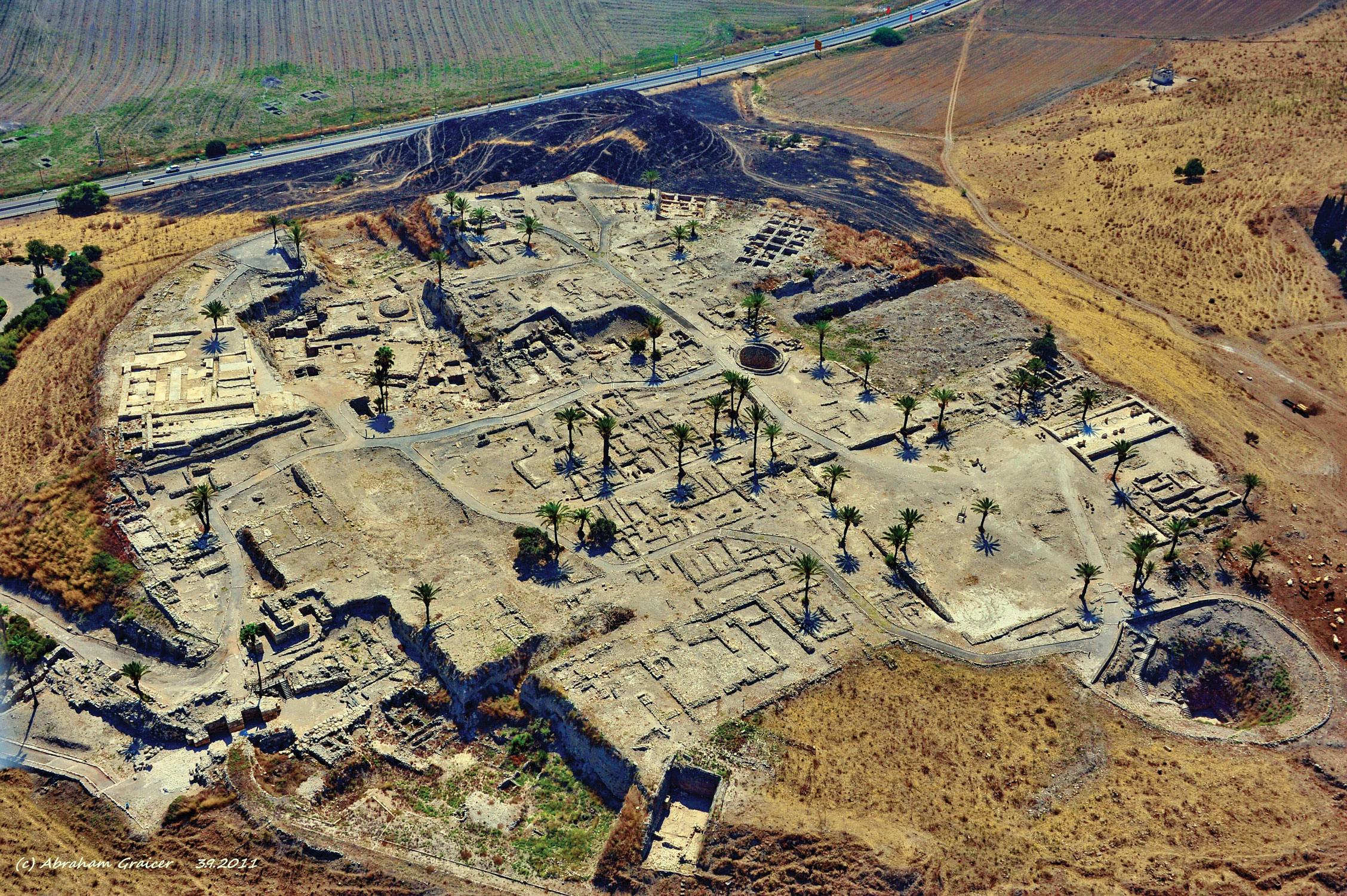
Josiah’s Motivations for Megiddo
Understanding why Josiah took such a risk against the Egyptians requires stepping into the wider historical landscape of the late 7th century BC. According to historian Abraham Malamat in his paper Josiah’s Bid for Armageddon: The Background of the Judean–Egyptian Encounter in 609 B.C., Egypt, allied with the crumbling Assyrian Empire, sought to halt the rise of Babylon. However, their failure to defend the strategic city of Harran in 610 BC enabled the Babylonians gain military momentum.
Drawing on the tablets of the Babylonian Chronicles—most notably Gadd's Chronicle—Malamat demonstrates that ancient records show a swift Egyptian response. In 609 BC, Egypt launched a campaign northward with a “great army” en route to the Euphrates, a movement that took them through the Jezreel Valley and their strongholds of Megiddo—just as described in 2 Kings 23 and 2 Chronicles 35.
Did Josiah come to stop the march? Could it be that he was perhaps emboldened by Egypt’s prior defeat at Harran? The pass at Wadi Ara offered a tactical advantage for ambush, and Megiddo’s strategic location made it an ideal choke point. It’s possible Josiah believed he could regain control of Egyptian-occupied Megiddo. But whether his motives were political, theological or nationalistic, the righteous king of Judah made a tragic misstep in confronting a foreign power that was, according to Scripture, acting under God’s direction. Following Josiah’s death, Judah’s autonomy began to unravel, which led to the Israelite exile to Babylon less than two decades later.
The Prophetic Shadow
While the ruins of Megiddo speak of past battles, in Christian eschatology, Megiddo is destined to host the ultimate clash between good and evil: the Battle of Armageddon. According to the book of Revelation, armies from all nations will one day gather in a final attempt to defeat God’s plan (Rev. 16:14–16).
Time and time again, history has repeated itself here. Perhaps one final, world-altering conflict could still await this ancient battlefield of pottery shards.
The broken Egyptian ceramics of Megiddo may seem a modest find. But in the quiet language of archaeology, it has spoken volumes. For as the dust of Megiddo continues to yield its secrets, one truth stands firm: the Bible is a record of history, and archaeology is still catching up.

Discover Your Purpose and God’s Heart For You
In today's divided, turbulent world, it's essential for the Church to rediscover God's heart. Our free e-book, authored by a seasoned expert with three decades of experience in Israel, delves deep into the teachings of Jesus (Yeshua) to reveal God’s principles of love and purpose. Learn how embracing these truths can bring significance and impact to your life, even amidst chaos. Subscribe now to receive your free copy and embark on a journey of transformation.

